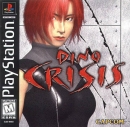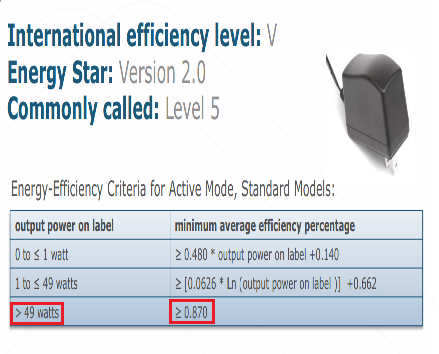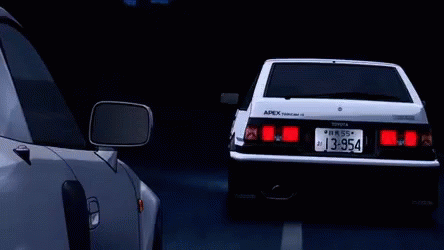walsufnir said:
It will be a lot better on PS4/Xbone but we will also see a good increase on WiiU, too, but sadly only for exclusives. X looks wonderful, to say the least. But somehow I think only a few games will max out WiiU, just like what happened to Wii, sadly. Given Wii had twice the power of Gamecube which had visually stunning graphics it was a shame what devs achieved on Wii... |
It's easy for devs to play along with a console's reputation, particularly when Nintendo's low-power consoles let them cut corners.
I really don't mind too much if it's about better pleasing each console's target market, but unfortunately in fan wars it usually becomes Nintendo's fault...somehow.
This is really going to be the generation style takes over graphics, though. Even the weakest hardware has plenty of power to put graphics on screen, so you have to have a cogent art-style to give those graphics a meaningful direction. That was kinda happening last gen, too, with great looking games like FF XIII having phenomenal art styles (if nothing else with that particular example.)


























































